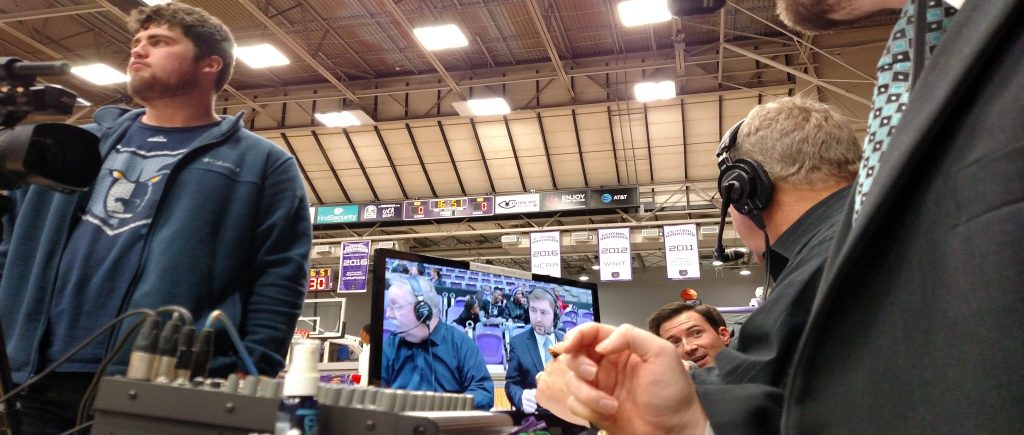Sports broadcasting plays a significant role in promoting health and fitness awareness by leveraging its vast reach and influence to inspire audiences to adopt healthier lifestyles. Through various channels such as television, radio, and digital platforms, sports broadcasters have the unique ability to highlight the importance of physical activity and wellness, making it accessible and engaging for a diverse audience. One of the primary ways sports broadcasting contributes to health and fitness awareness is by showcasing athletic events and training routines. By broadcasting major sporting events, such as the Olympics, World Cup, or professional leagues, broadcasters provide a platform for viewers to witness the dedication and hard work of athletes. These events often feature pre-game and post-game coverage that includes discussions about the athletes’ rigorous training regimens, nutrition, and mental health practices. Such coverage not only entertains but also educates viewers about the benefits of physical exercise and proper nutrition, encouraging them to incorporate these practices into their own lives.

Furthermore, sports broadcasters frequently collaborate with health and fitness experts to produce content that offers practical advice and tips. For example, segments featuring fitness coaches, dietitians, and wellness experts can provide valuable insights into effective workout routines, balanced diets, and injury prevention. These expert opinions are often presented in a relatable and approachable manner, making complex health information easier to understand and implement. By integrating these segments into their programming, sports broadcasters can motivate viewers to take proactive steps towards improving their own health and fitness. In addition to direct content, sports broadcasting also plays a crucial role in shaping public perceptions of health and fitness. High-profile sports figures often become role models for many people, and their endorsements of healthy lifestyles can have a powerful impact. When athletes openly discuss their own health struggles, recovery processes, or commitment to fitness, they can inspire fans to prioritize their own well-being. Broadcasters can amplify these messages by featuring interviews, personal stories, and behind-the-scenes glimpses into the lives of athletes, creating a compelling narrative that resonates with viewers.
The 해외스포츠중계 also has the potential to address and combat health-related issues on a larger scale. For instance, broadcasters can raise awareness about public health campaigns, such as initiatives aimed at reducing obesity or promoting mental health. By incorporating these themes into their coverage, sports media can help shift societal attitudes towards health and encourage collective action. Additionally, broadcasts of charity events or fundraising efforts for health-related causes can engage audiences and foster a sense of community around important health issues. Finally, the interactive nature of modern sports broadcasting, particularly through social media and digital platforms, offers new opportunities to engage viewers in health and fitness conversations. Fans can participate in challenges, share their own fitness journeys, and connect with others who share similar goals. This digital interaction not only amplifies the reach of health messages but also creates a supportive environment for individuals seeking to improve their health.
